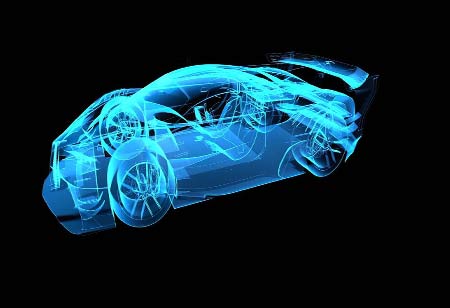Thank you for Subscribing to Auto Business Outlook Weekly Brief
Developing Cars with ADAS Sensors
ADAS is an approach toward reducing accidents and improving vehicle performance.A driver assistance system (ADAS) is designed to reduce the number of accidents and save lives.

By
Auto Business Outlook | Tuesday, September 05, 2023
Stay ahead of the industry with exclusive feature stories on the top companies, expert insights and the latest news delivered straight to your inbox. Subscribe today.

Designing Cars with ADAS Sensors
FREMONT, CA: ADAS is an approach toward reducing accidents and improving vehicle performance.A driver assistance system (ADAS) is designed to reduce the number of accidents and save lives. ADAS enables drivers to perform better and increase the protection of their vehicles on the roads. The majority of vehicle accidents on the road are caused by human error. According to ADAS, the driver's error is detected by the human-machine interface (HMI), and nearby obstacles are detected by sensors to improve safety according to the need. As a result of ADAS, vehicle technology can be enhanced, automated, and adapted to improve safety by providing drivers with notifications, implementing safeguards, and taking limited control in some instances. Several ADAS functions are common to most vehicles, such as adaptive cruise control, satellite navigation, traffic warnings, parking assistance, lane centering, and lane departure alerts.
The key to ADAS is analyzing and comparing sensor data with vehicle operating parameters. Several sensors are employed for automotive applications, comprising automotive imaging, LIDAR, radar, image handling, computer vision, multi-axis inertial motion, and in-car communication.
Sensors operate ADAS
Using advanced driver support systems for vehicles needs endless data about the environment. For ADAS to operate correctly, sensors must present the required information. It is required to have the ADAS sensors so that all visible will be identified. Each sensor technology has its powers; many are already in the application. Growingly, sensor union brings together numerous sensors with corresponding capabilities.
ADAS controllers
It is likely to readily move processes between vehicle system controllers when employing ADAS controllers, and controllers can accelerate ADAS application development. Numerous vehicle models can take advantage of general ADAS controllers. A layered software structure improves the system's pliability and permits more significant flexibility. It helps continuous optimization and adding new ADAS applications due to dividing application and actuator control logic.
The future of ADAS
Most ADAS components presently are aligned with vehicles, with the feasible peculiarity of GPS. As ADAS grows from vehicles to infrastructure, V2V, V2I, and V2X communications will be required for ADAS integration in the connected car. The contact with the external environment will also help the union of sensors to deliver a broader definition of the term. Counting V2V communication to the sensor network will greatly boost sensor coverage, permitting vehicles to swap relative speeds, lanes, and travel paths and maintain actions like sudden braking, accelerations, or lane modifications.
A major purpose of ADAS is to downsize the number of accidents on the road, which will preclude deaths and injuries from happening. It is deemed a stepping stone as a first move toward completely autonomous vehicles.






